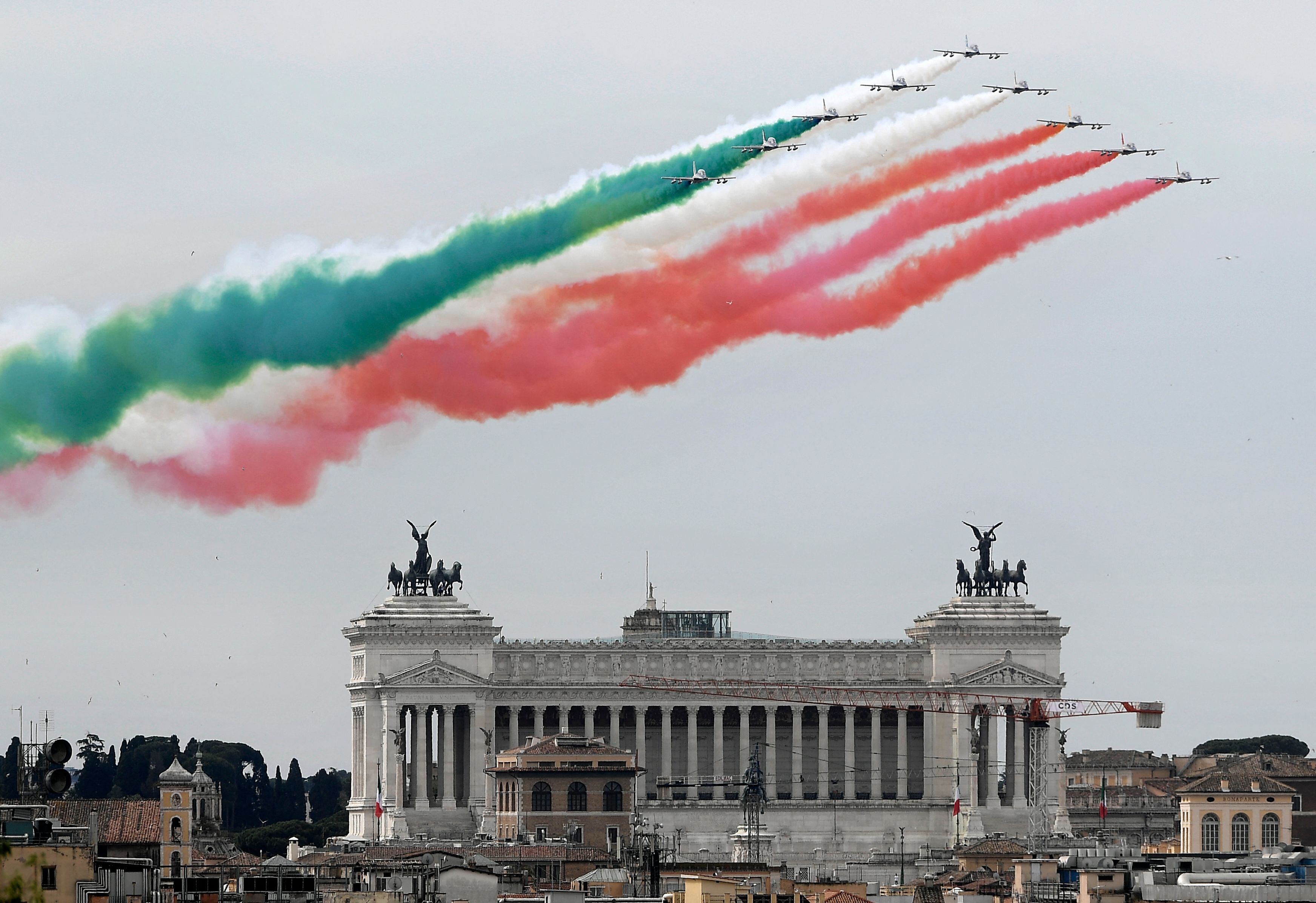ROME — As armored vehicles grab the limelight amid the war in Ukraine, Italy is working on a three-for-one deal that could see a common platform used for tracked, wheeled and amphibious vehicles.
Backed by the European Union and the brainchild of the Italian Army, the program to build a common platform for an armored infantry fighting vehicle, amphibious assault vehicle and light-armored vehicle could be delivered by 2030.
“The end of this decade is an ambitious yet achievable timeline,” said Lt. Col. Roberto Forlani, an official at the Army’s planning and policy division.
Launched in 2018, the program is part of the EU’s Permanent Structured Cooperation defense and security initiative, which the bloc says offers members “options on how to plan and bridge capability gaps in a collaborative manner.”
RELATED

Led by Italy, with support from Greece and Slovakia, the project envisages a family of armored infantry fighting vehicles weighing 35-50 tons, depending on the configuration, capable of carrying a crew of three plus a standard infantry team (about six to nine individuals), and featuring a gun ranging from 25mm to more than 30mm, Forlani said.
Thanks to modular design and open architecture, the Italians have drawn up an ambitious list of missions they hope to give the armored infantry fighting vehicle, including anti-tank; mortar carrier; reconnaissance; combat engineer; tactical command post; joint fire support; ammunition and logistics carrier; protected ambulance; recovery; electronic warfare; chemical, biological, radiological and nuclear defense; and short-range air defense.
But Forlani cautioned that developing a single chassis for tracks, wheels and amphibious use could prove too ambitious. “We are looking at either a standard platform or different platforms that share the maximum subsystem commonality, payload and mission modules.”
That means shared turrets, fire systems, sensors, engines, protection systems and communications, he said, “which means less [research and development] costs, common logistics, greater availability of spare parts, and affordable maintenance.”
If commonalities between a family of vehicles helps save cash, he added, making the program multinational through the PESCO initiative was also essential to ensure spreading the investment, increasing production and ensuring common standards among allies to allow better cooperation on the battlefield.
“Using modularity also means each army can customize their vehicle and ensures continuous growth,” he explained, noting that the future of armored vehicles must be multinational to reduce market fragmentation through what he called “interoperability by design.”
The Boxer vehicle program, launched in Germany and ordered by Germany, Australia, the Netherlands, Lithuania and Slovenia, was a good example, Forlani said. “The Boxer expresses its modularity through a large family of vehicles and mission modules. It was a team effort between nations and a joint procurement. We can take this approach forward to develop armored capabilities.”
A challenge facing the Italian-led program is the number of nations now rushing out to procure new off-the-shelf vehicles because of the Ukraine conflict.
Even before the war, Italy was working to renew its Army’s vehicle fleet by upgrading its aging Ariete tanks, procuring new Freccia vehicles, new Centauro wheeled tanks and new amphibious vehicles, and working on a tracked vehicle to replace its Dardo vehicles.
Forlani foresees the chance of convergence with new Italian programs. “We look at a harmonization of standards and an alignment of objectives between the PESCO project and the Italian Army requirement for renewing its national fleet. And we are ready to share our concepts with the other member nations and figure out if they can be a good solution for them too,” he said.
If the program takes off, he added, it could also give a valuable impulse to the Franco-German program for a main battle tank, the Main Ground Combat System, which is currently stalled.
“I think a joint effort to create this family of vehicles could help the teaming of nations to work on a future generation main battle tank,” he said.
Tom Kington is the Italy correspondent for Defense News.







